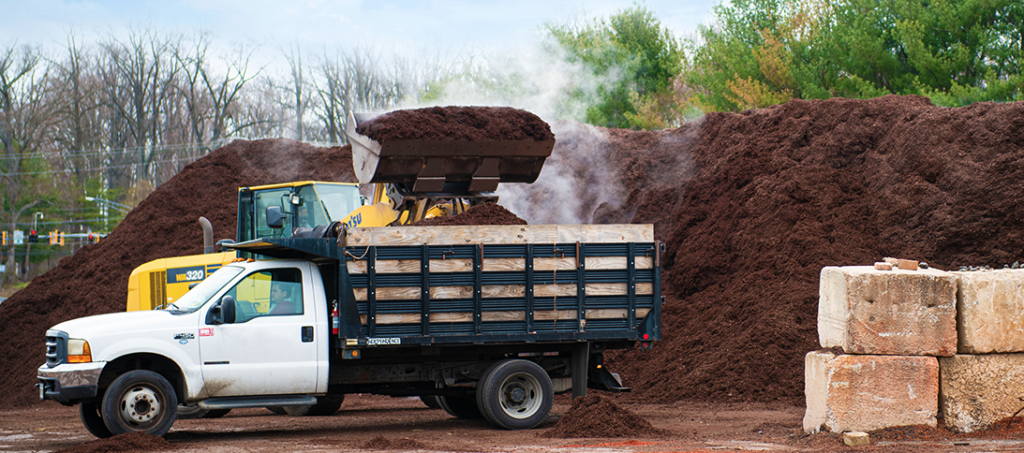
In last month’s blog, we talked about the basics of garden planning, including clearing the ground, enriching, tilling, and turning your soil over. This month, we dig even further into our new gardening adventure with Part 2 of “Starting a Garden From Scratch.” You’ll be happy to hear that these next steps are likely to be less demanding on your back and knees than some of the tasks from last month!
Plant Picking
Now that you’ve chosen and prepared your plot, it’s time to pick your plants. For many people, this is one of the most pleasant things about gardening because it’s full of promise and potential—two things most of us need in the bleak midwinter. You can flip on your computer and browse some websites, or go old school and order a few seed catalogs. Personally, we’d love for you to stop by RELS Landscaping so we can advise you on some good choices for your climate, soil, and sunlight. Whether you’re in Frederick, MD, Silver Spring, MD, Martinsburg, WV, or anywhere in between, our experienced staff can help select the best plants for your garden or landscape.
Planting Time
Your next decision is whether to plant seeds directly into the soil, seedlings, or “set” plants.
Directly from seed. Plants like sunflowers and lettuce are easy to grow from seed. Just read the seed packet carefully and follow the directions about time of the year to plant, the space required between seeds, and how deep to plant each seed.
Getting a head start. Even experienced gardeners often give their seeds a head start on the growing season by planting them indoors a few weeks before the last frost date in their region or zone. You can pick up special containers called “flats” that are specially designed to start seed indoors. You can even get seed-starting soil mixes formulated for that purpose. Again, follow seed packet instructions and place the containers on a sunny windowsill. No window space? Grow lights work great. Just don’t overwater. Seedlings that are too wet may rot. Moist is best.
Plant plants. The easiest way of starting your garden is to buy young plants, called set plants. Remove plants from the container and place them in prepared holes you have dug based on the instructions on the tag. Loosen the roots with your fingers if the plant is pot-bound to help them spread out after planting. Pat soil into place around the roots and water well.
Some plants, such as pansies and kale, tolerate cold, so you can plant them in autumn or late winter. Mid-spring and mid-fall are good times to plant perennials. Most annuals and vegetables like tomatoes prefer warmer temperatures so wait until the danger of frost has passed in your region or zone.
Water Wisely
Early on in your garden’s life cycle you will likely water daily, as tender seedlings should never be allowed to dry out. Set plants also require frequent watering until their roots become established. After that, how often you water depends on your soil, humidity, and rainfall. Try watering once a week and see how things fare. If you’re still unsure, try feeling the soil 3 to 4 inches below the surface. Water slowly and deeply early in the morning for maximum benefit.
Mulch Well
Few steps are more important to a successful garden than mulching. A thick protective layer of rich, healthy mulch will keep moisture in and weeds out. Choose from shredded bark, straw, and river rock. Organic mulches like bark, compost, or cocoa bean shells will not only seal and protect but also nourish the soil as it decomposes.
Maintain Your Garden
As your garden grows and fills in, help it thrive by clearing dead vegetation, watering well, and pulling out weeds that compete with your plants for nutrients. Get ahead of destructive insects by plucking them off your plants and into a bucket of soapy water. To keep your tall plants from bending, support them with stakes or trellises.
Whatever you decide to grow, from organic vegetables to fragrant herbs to a cottage garden of colorful flowers, harvest your garden’s bounty as soon as it’s ready. Cutting back mature plants and vegetables makes room for new growth—plus, why not? You’ve earned the right to enjoy every last stem!
